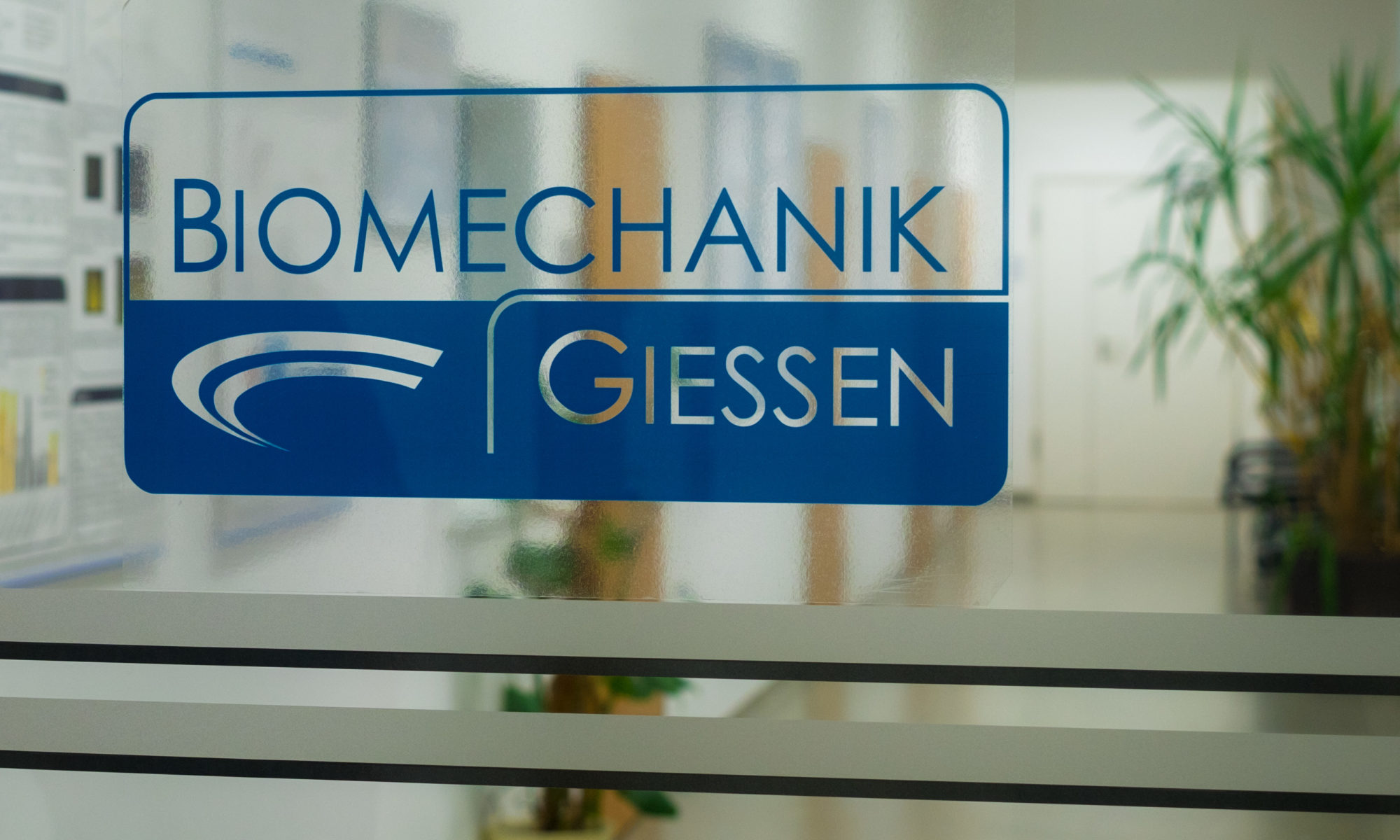Age-related osseointegration of a short hip stem: a clinical and radiological 24 months follow-up.
Boller S 1, Jahnke A 2, Augustin L 1, Ahmed G 1, Rickert M 1, Ishaque BA 1
Arch Orthop Trauma Surg. 2019 Mar;139(3):405-410.
doi: 10.1007/s00402-018-3082-y. Epub 2018 Dec 1. PMID: 30506094
- Department of Orthopaedics and Orthopaedic Surgery, University Hospital Giessen and Marburg (UKGM), Klinikstraße 33, 35392, Giessen, Germany.
- Laboratory of Biomechanics, Justus-Liebig-University Giessen, Klinikstraße 29, 35392, Giessen, Germany.
- Department of Orthopaedics and Orthopaedic Surgery, University Hospital Giessen and Marburg (UKGM), Klinikstraße 33, 35392, Giessen, Germany. Bernd.Ishaque@ortho.med.uni-giessen.de.
PURPOSE:
The purpose of this study was to examine potential differences between patients under and over 60 years who underwent a total short hip stem arthroplasty in a 24-month follow-up in a clinical setting.
METHODS:
Sixty seven patients were included in this prospective study and divided in two groups. In the younger cohort 39 patients ≤ 59 years and in the older cohort 28 patients ≥ 60 years were included. Clinical and radiological examinations of the patients took place preoperatively, postoperatively and after 3, 6, 12 and 24 months. The Harris Hip Score (HHS) was raised as clinical examination. Changes of bone mass density (BMD), stress shielding, reactive lines, spot welds and sclerosing were examined as radiological analysis.
RESULTS:
The HHS improved from 53.6 ± 8.2 preoperative to 93.2 ± 9.6 in the younger cohort and for the older cohort from 57.6 ± 14.8 to 94.1 ± 7.6 after 24 months. BMD growth was detectable in regions of interest (ROI) 3 and 6 for both groups. Different results between the cohorts could only be detected in ROIs 4 and 5. The older cohort showed a loss of BMD of 5.95% in ROI 4 and 3.17% in ROI 5 after 24 months, whereas the younger cohort showed no loss of BMD in both ROIs.
CONCLUSIONS:
No significant differences or any influences of osseointegration and clinical outcome of the short hip stem for both groups were detectable. Lower losses (ROIs 1 and 2) and higher growths (ROIs 3, 4, 5) were discovered in younger patients and the HHS improved in both groups. Reasons for this result could be age, sex or the level of activity of the patients, but in both groups the short hip stem shows comparable results in clinical as well as in radiological examination. We conclude that the short hip stem seems to be an adequate treatment also for older patients.
KEYWORDS:
Age-related; Bone density; DXA; Densitometry; Elderly; Short stem
PMID: 30506094
DOI: 10.1007/s00402-018-3082-y
